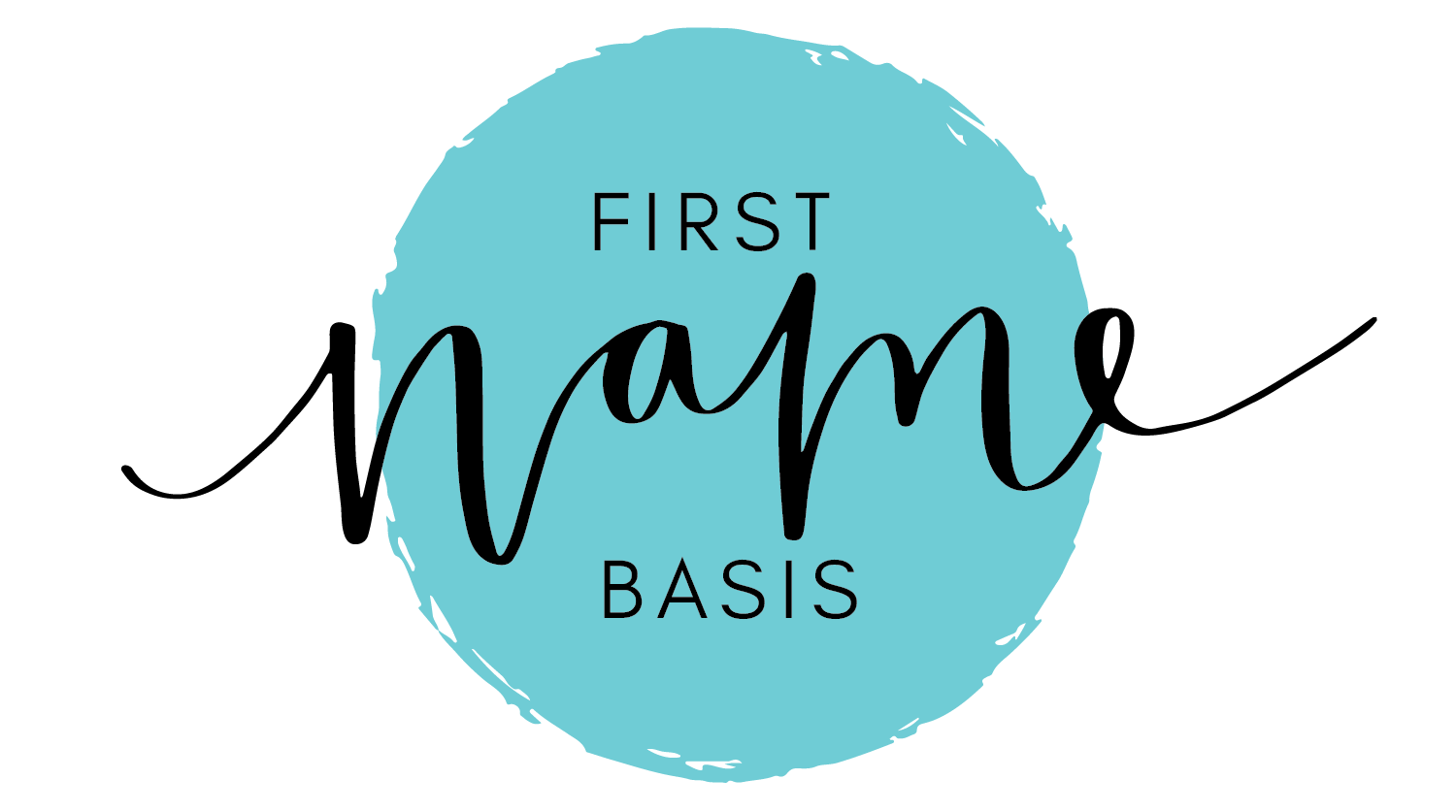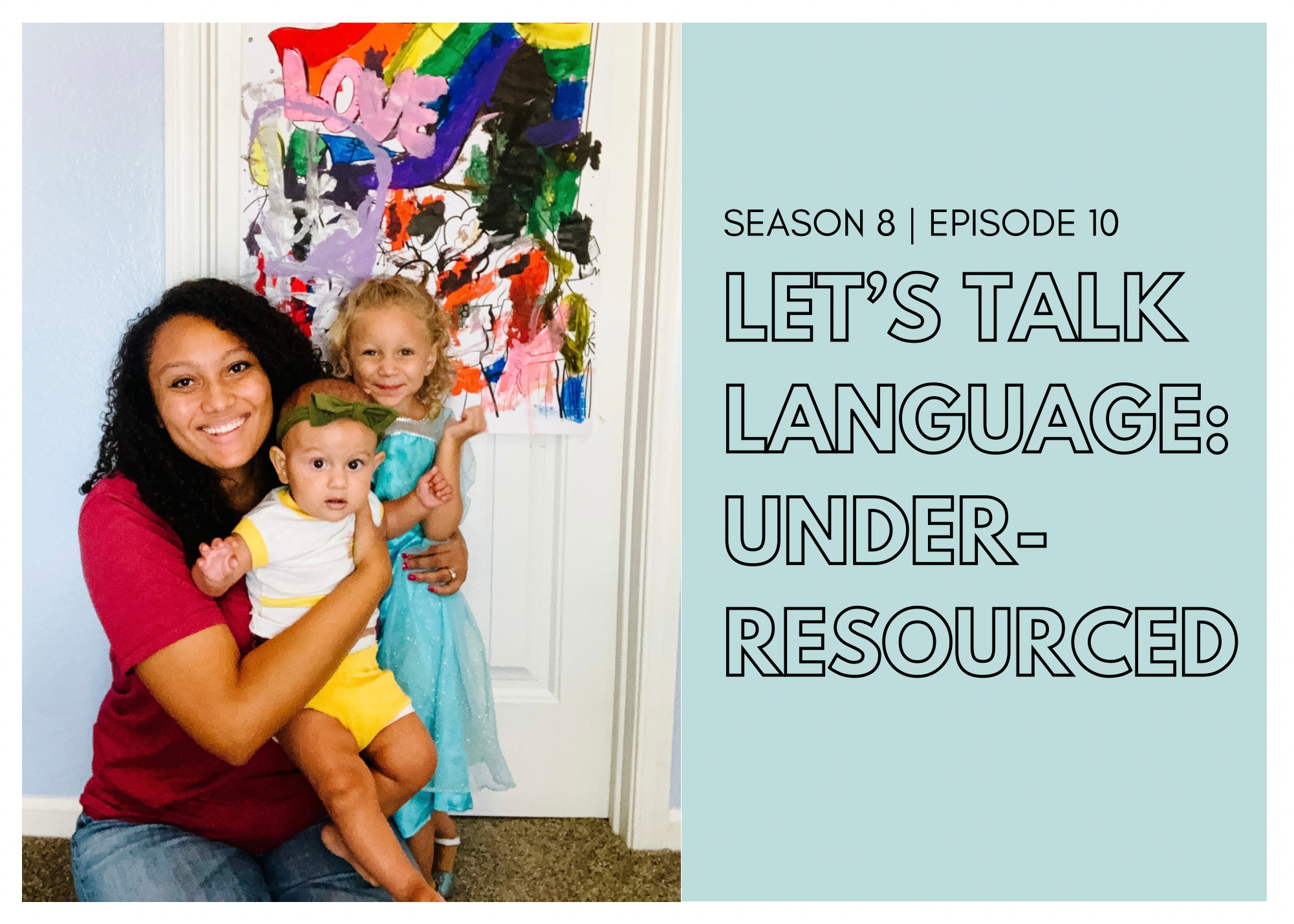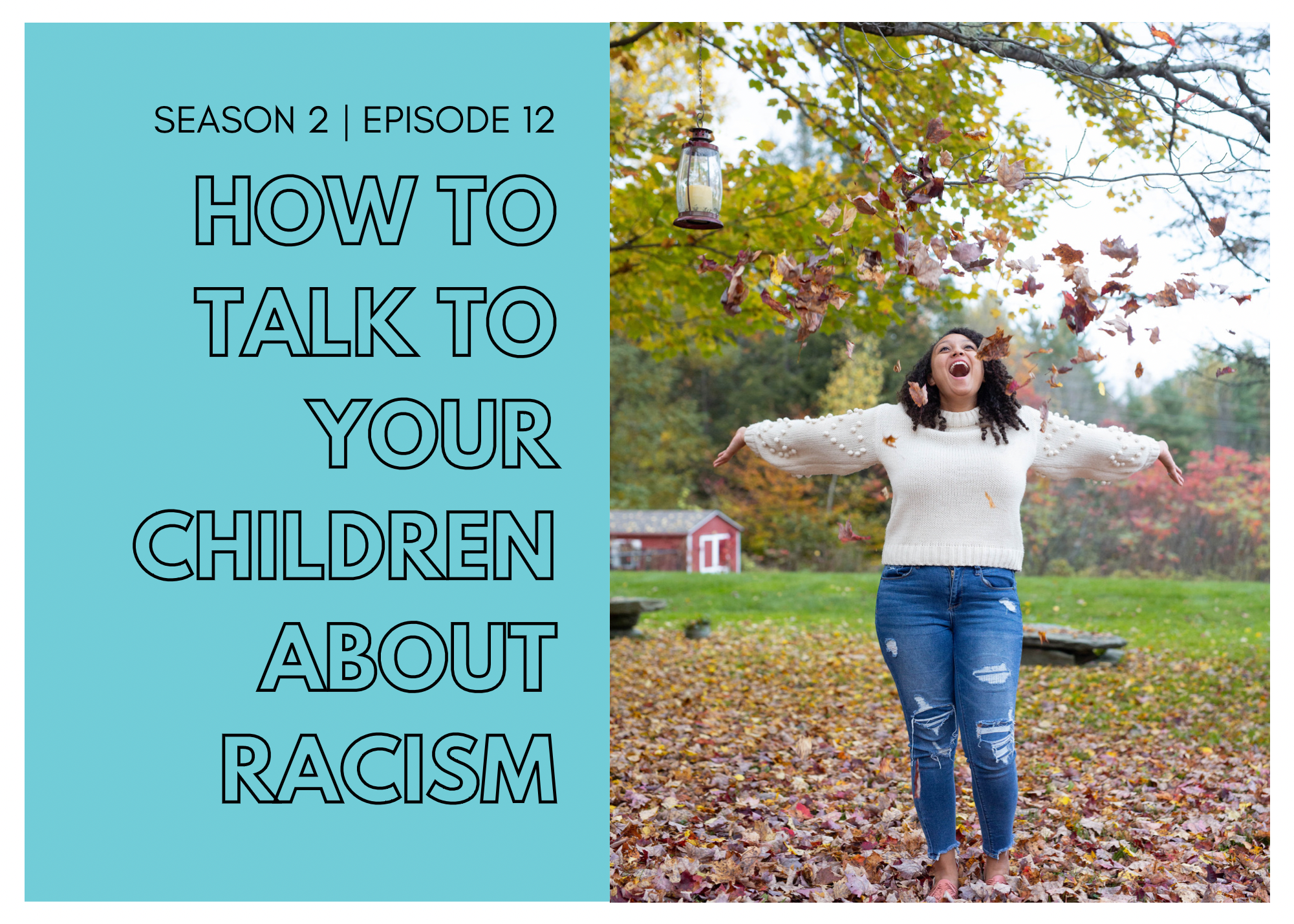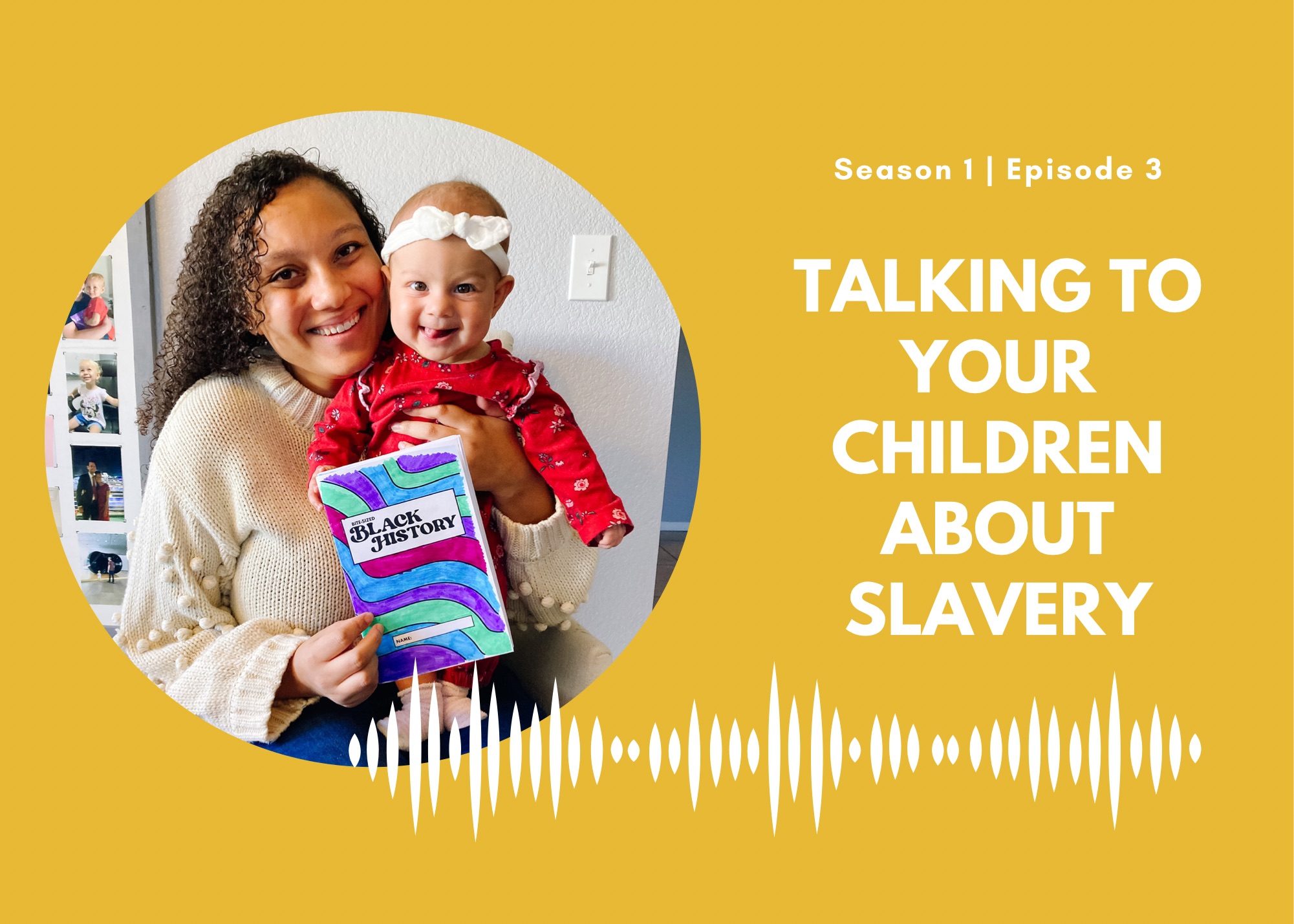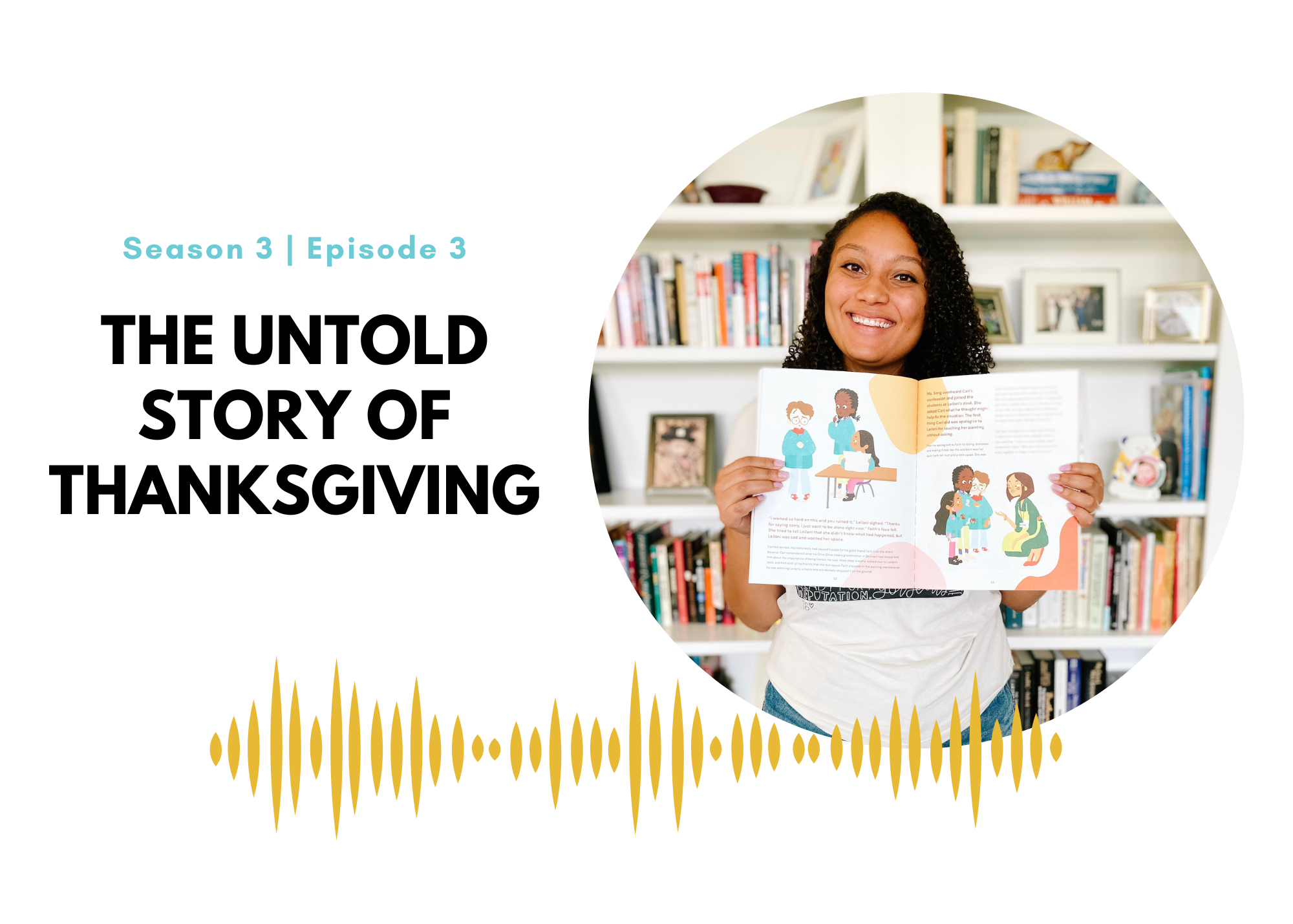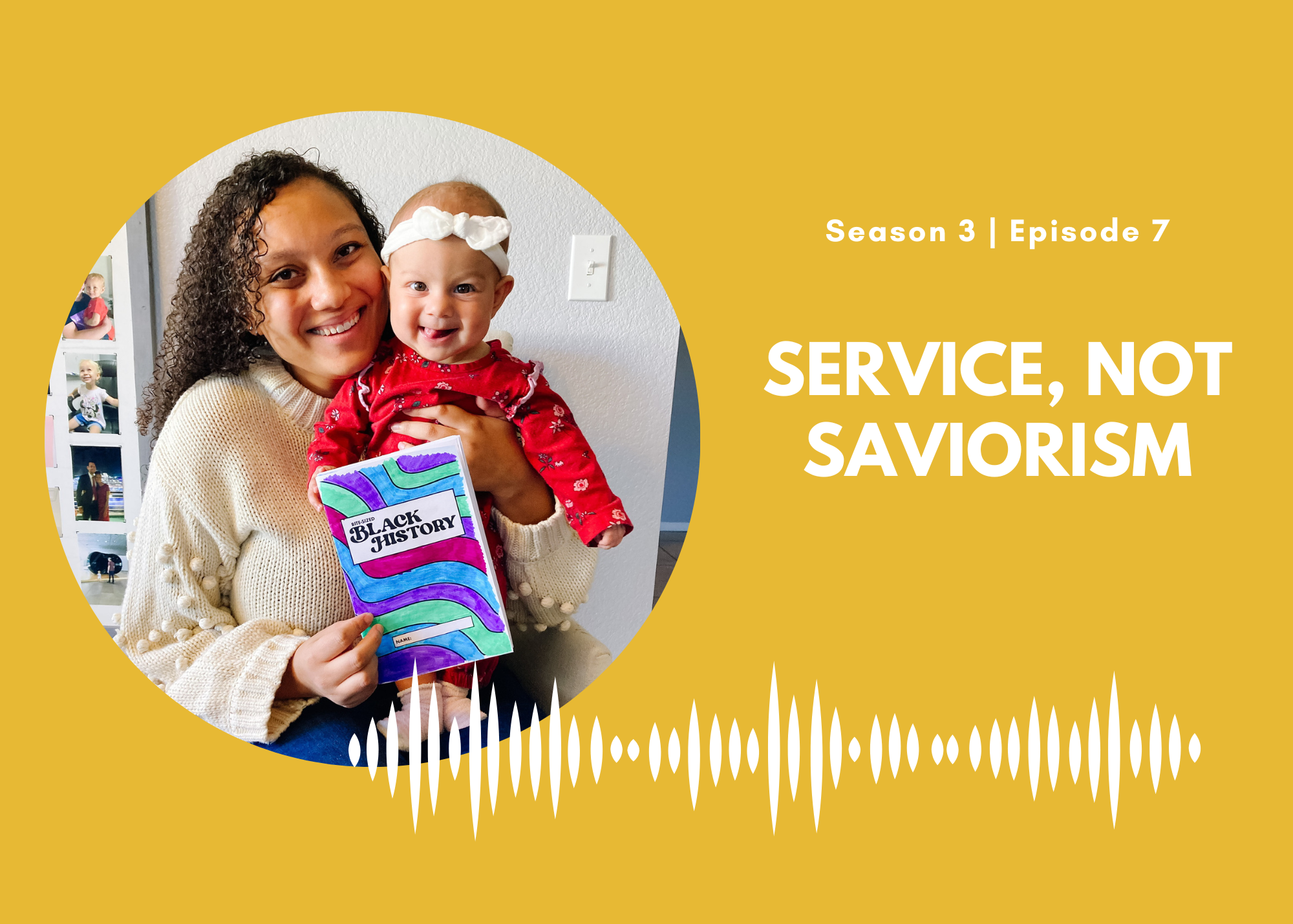What Should I Do When I Hear and See Microaggressions?
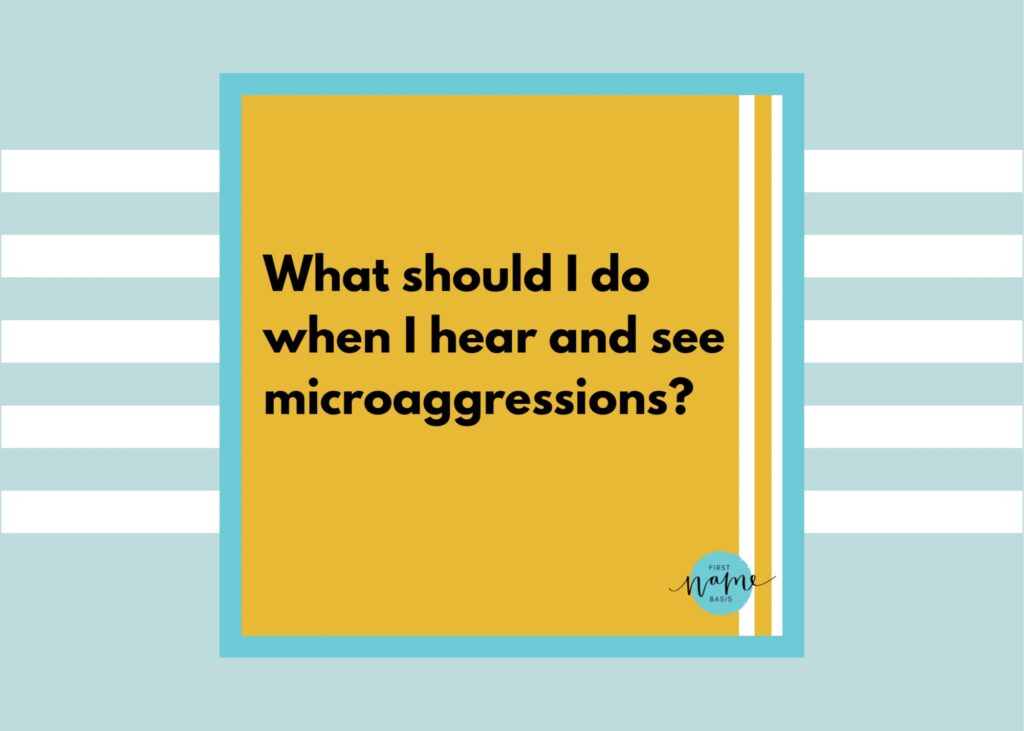
In anti-racism — as in most things in life — knowledge gains power through action, and the same is true when it comes to microaggressions.
Microaggressions are often covert to white people but very obvious to BIPOC. So once you’ve spotted a microaggression, what should you do about it?
Well, that depends on whether you hold white privilege or are a Black, Indigenous, Person of Color.
First, what is a microaggression?
Researchers at the Teachers College at Columbia University define racial microaggressions as “brief and commonplace daily verbal, behavioral, or environmental indignities, whether intentional or unintentional, that communicate hostile, derogatory, or negative racial slights and insults toward people of color. Perpetrators of microaggressions are often unaware that they engage in such communications when they interact with racial/ethnic minorities.”
If you hold white privilege …
If you are white, you have a whole bank account of privilege that you can draw from, and I have some thoughts for how you can spend it, including:
- Spend your privilege by calling the person in and explaining that what they said was racist.
- Be proactive and create micro-affirmations (such as giving space for opportunity, listening, and showing gestures of inclusion).
- Don’t gloss over it when damage has been done. Allow time and space for healing.
As a BIPOC …
If you are BIPOC, you don’t have a responsibility to respond at all, but I do have some ideas for what you can do to protect yourself, including:
- Remember that you can always walk away. You do not have to respond.
- Share what happened with someone you trust who won’t gaslight you.
- Practice affirming yourself. You are deserving of respect.
If you’re looking to learn more about microaggressions, how to spot them and what to do when you come across them, tune into the First Name Basis Podcast, Season 4, Episode 1: “(Not So Micro) Aggressions).”
